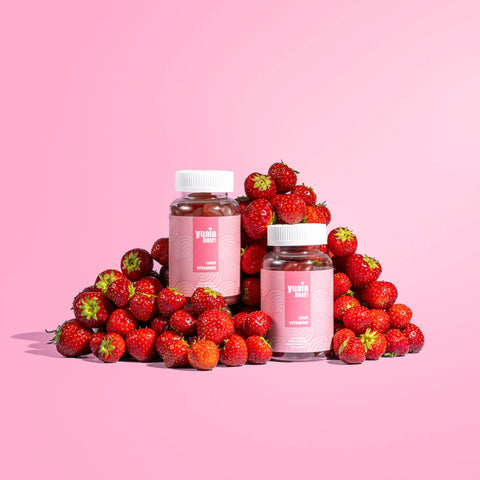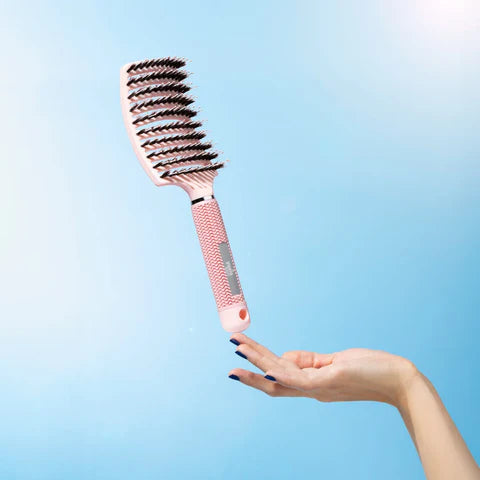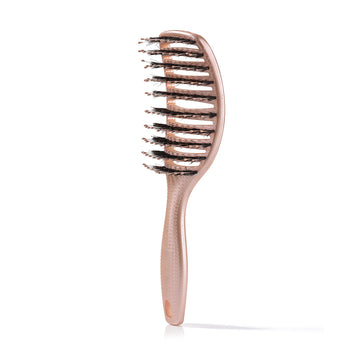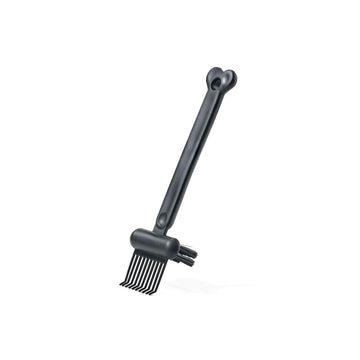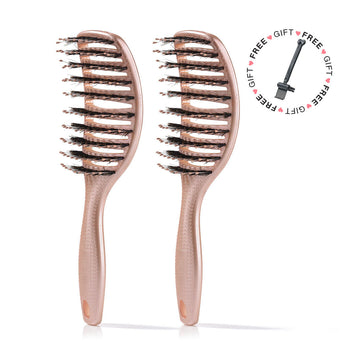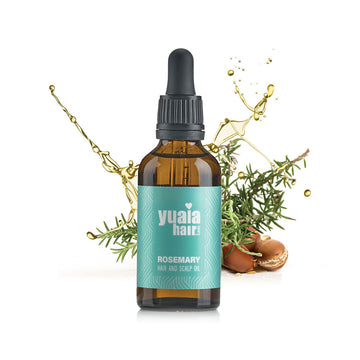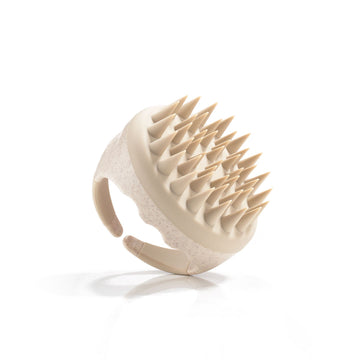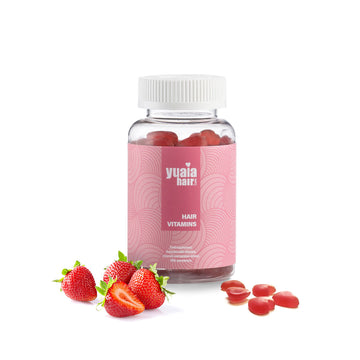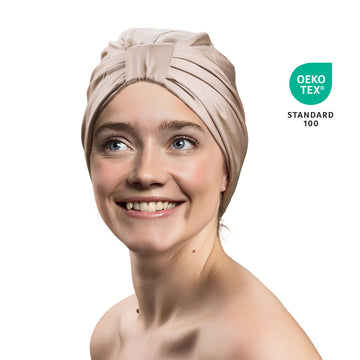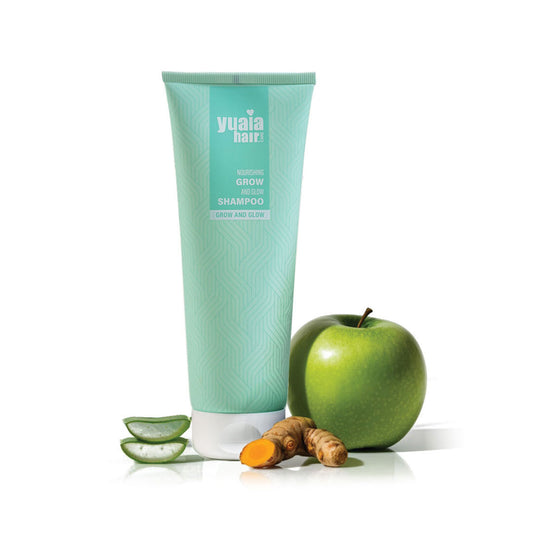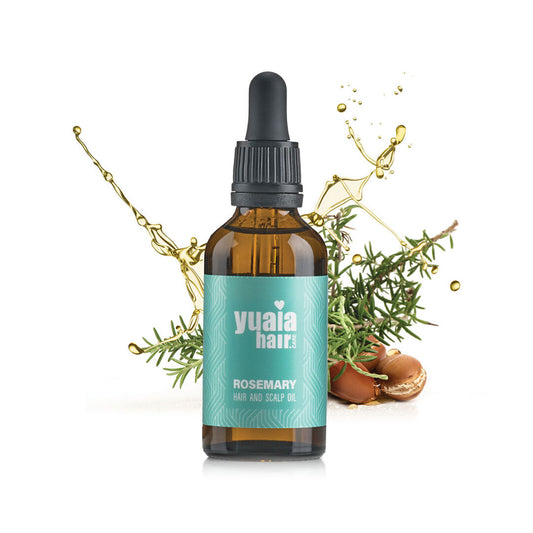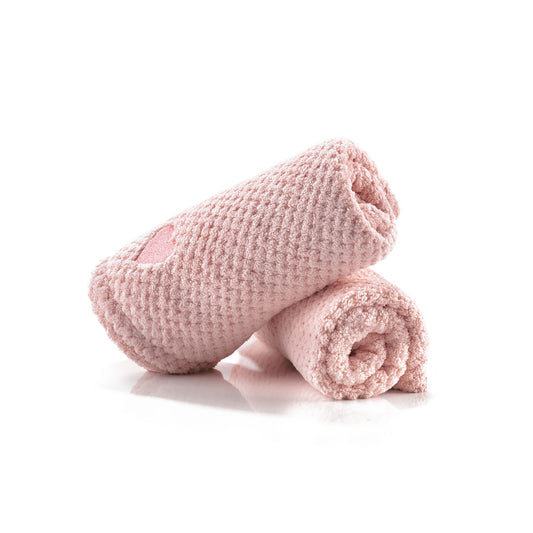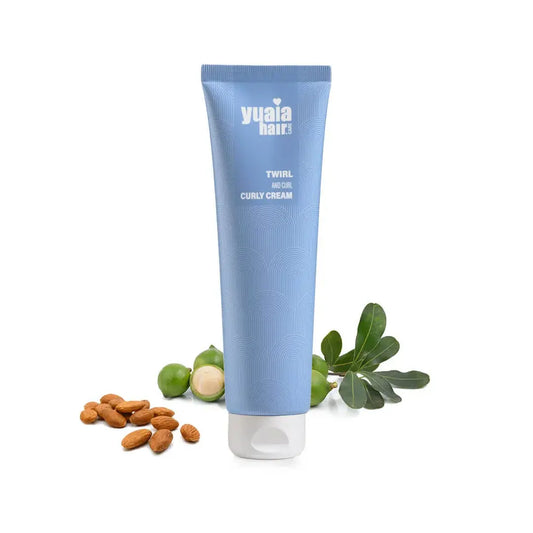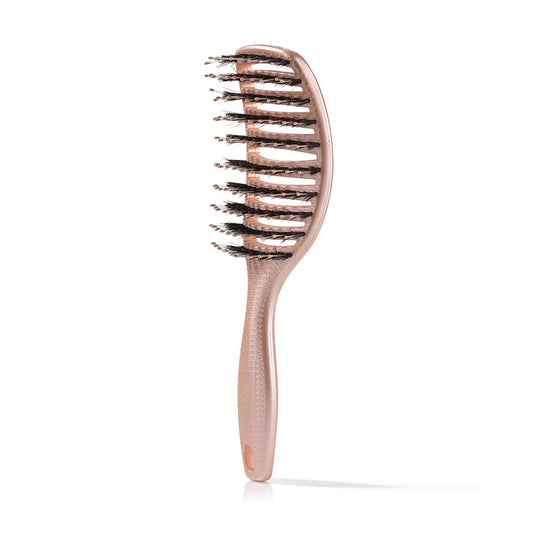
Best shampoo for static hair: Discover top picks for smooth, hydrated strands

par Nanna Bundgaard | 13. November 2025 | Temps de lecture: 6 minutes
En savoir plus sur l'auteurPicture this: You're getting ready for a big day, and as you style your hair, you notice it’s full of static, sticking out in every direction. This common frustration is often amplified in dry or cold weather, leaving many of us searching for solutions to tame those unruly strands.
Static hair is a nuisance that occurs when hair lacks moisture, making it more prone to flyaways and unmanageability. This dryness can result from environmental factors such as cold air and indoor heating, which strip the hair of its natural moisture. As a result, your hair becomes a magnet for static electricity, leading to that all-too-familiar frizz and flyaway problem.
Choosing the right shampoo is an important step in combating static hair. A good shampoo should focus on hydration, ensuring your hair retains the moisture it needs to stay smooth and manageable. Gentle formulas that prioritize moisturizing ingredients can make a significant difference in reducing static and improving hair texture.
Why static hair occurs and how to tackle it
Static hair is a common issue that arises when hair becomes dry and lacks moisture. Environmental factors, such as dry air and indoor heating during colder months, exacerbate this problem by further dehydrating the hair. When hair loses moisture, it becomes more susceptible to static electricity, leading to flyaways and unmanageable strands.
To combat static hair effectively, it's essential to focus on hydration. Moisturizing shampoos can help maintain the hair's natural moisture balance, reducing static and promoting smoother, more manageable hair. Look for shampoos that contain hydrating ingredients like glycerin, shea butter, and natural oils to provide the necessary moisture and nourishment.
Choosing the right shampoo for static hair
When selecting a shampoo to combat static, consider the following:
- Ingredient list: Opt for shampoos with moisturizing agents such as glycerin, shea butter, and hydrating oils.
- Sulfate- and silicone-free formulas: These help maintain the hair's natural moisture without stripping it of essential oils.
- Specific hair needs: Consider your hair type and any specific concerns you may have, such as thinning or fine hair.
Our Grow and Glow shampoo is an excellent choice for those with thinning or fine hair. It is sulfate-free and silicone-free, helping to maintain moisture and reduce static without weighing down your hair.
Key ingredients to look for in anti-static shampoos
When tackling static hair, the right ingredients in your shampoo can make all the difference. Moisturizing agents are essential in combating dryness and static. Look for ingredients like glycerin and shea butter, which help to lock in moisture and create a protective barrier around the hair. These ingredients not only hydrate but also smooth the hair cuticle, reducing the likelihood of static electricity.
Hydrating oils, such as argan or coconut oil, are also beneficial. They nourish the hair deeply and provide essential fatty acids that improve hair health, leaving it soft and manageable. These oils can be especially effective in shampoos that focus on enhancing moisture retention.
Choosing a sulfate-free and silicone-free shampoo is equally important. Sulfates can strip the hair of its natural oils, leading to increased dryness and static. Silicone-free formulas prevent the buildup that can weigh down hair and make it prone to static. Opting for shampoos with these characteristics will help maintain the natural moisture balance of your hair, reducing static and improving overall texture.
Complementary hair care practices to reduce static
To effectively manage static hair, it's beneficial to incorporate complementary hair care practices alongside using a suitable shampoo. Conditioning is a vital step in maintaining moisture. After shampooing, use a conditioner that focuses on hydration to seal in moisture and further smooth the hair cuticle.
Incorporating hair oils or serums into your routine can also enhance moisture levels and add a layer of protection against static. Our rosemary hair oil is an excellent choice for nourishing the hair and reducing static. Apply a small amount to damp hair, focusing on the ends, to lock in moisture and add shine.
Another effective practice is using a microfiber towel to dry your hair. Traditional towels can create friction, leading to increased static. Microfiber towels are gentler and help to minimize static while drying the hair efficiently.
For those with curly hair, using a styling cream can help define curls and reduce static. Consider our Twirl and Curl curly cream, which is designed to enhance curl definition while providing moisture and reducing frizz.
Incorporating these complementary practices can significantly enhance the effectiveness of your anti-static shampoo, leading to smoother, more manageable hair.
Obtenez un code de réduction de 10% qui vous est envoyé
Recevez les meilleurs conseils et astuces pour vos cheveux de Lotte et Nanna 🥰
Techniques to minimize static beyond shampoo
While choosing the right shampoo is essential in managing static hair, incorporating additional techniques can further enhance results. One effective method is using a humidifier in your home, especially during colder months when indoor heating can dry out the air. By increasing humidity levels, you can help maintain moisture in your hair, reducing static electricity.
Another factor to consider is your choice of clothing materials. Synthetic fabrics can contribute to static build-up, so opting for natural fibers like cotton can help minimize this effect. Additionally, when it comes to hair tools, using a brush with natural bristles can make a significant difference. Our Curvy Brush with boar bristles is an excellent option for gently detangling hair while distributing natural oils, reducing static and promoting shine.
Lastly, consider your hair drying techniques. Traditional towels can create friction and static, so switching to a microfiber towel can help. These towels are gentle on the hair and reduce the risk of static while efficiently absorbing moisture.
Frequently asked questions
How often should I wash my hair to prevent static?
To prevent static, it's important to find a balance in your washing routine. Over-washing can strip your hair of its natural oils, leading to dryness and increased static. Aim to wash your hair two to three times a week, depending on your hair type and personal needs, to maintain moisture levels.
Can hair type affect static levels?
Yes, hair type can influence how much static you experience. Fine and straight hair tends to be more prone to static due to its smooth texture, which allows static electricity to travel easily. On the other hand, curly and textured hair may experience less static but can still suffer from dryness. Tailoring your hair care routine to your specific hair type can help manage static effectively.
What are common mistakes that worsen static hair?
Common mistakes that can worsen static include over-brushing, using too much heat, and choosing the wrong hair products. Over-brushing can create friction, increasing static, while excessive heat styling can dry out your hair. Instead, opt for gentle brushing and use a heat protectant, such as our Style and Shine Heat Protection, to shield your hair from damage.
What role does the environment play in hair static?
The environment plays a significant role in hair static. Seasonal changes, particularly during winter, and indoor heating can dry out the air, leading to increased static. To combat this, adjust your hair care routine by incorporating more moisturizing products and using a humidifier to add moisture to the air.
Recevez un code de réduction de 10 % par courrier
Recevez les meilleurs conseils et astuces pour vos cheveux de la part de Lotte et Nanna 🥰
 Livraison en 2-4 jours
Livraison en 2-4 jours
 100 000+ clients satisfaits
100 000+ clients satisfaits
 Garantie de satisfaction
Garantie de satisfaction

